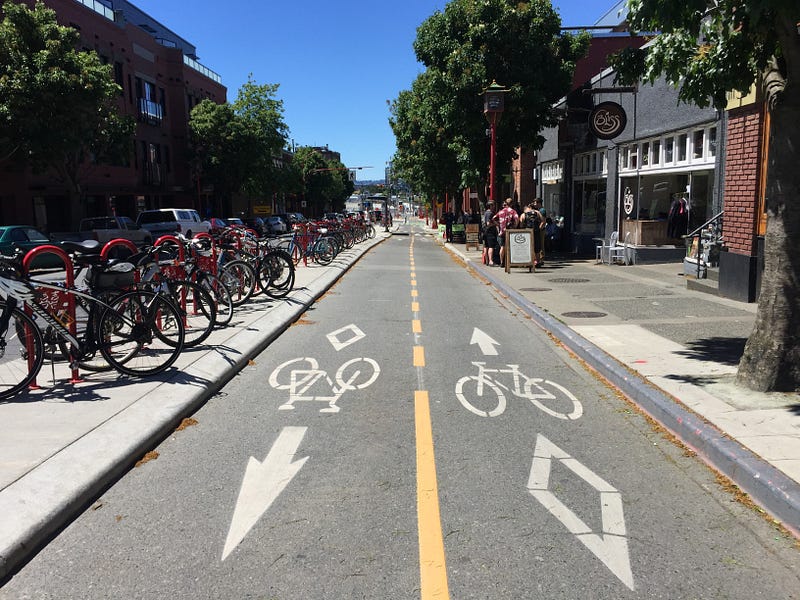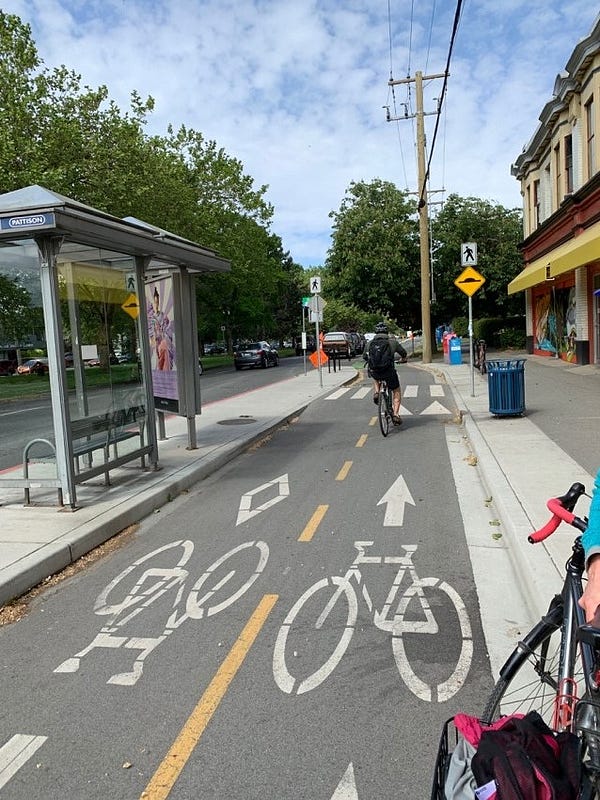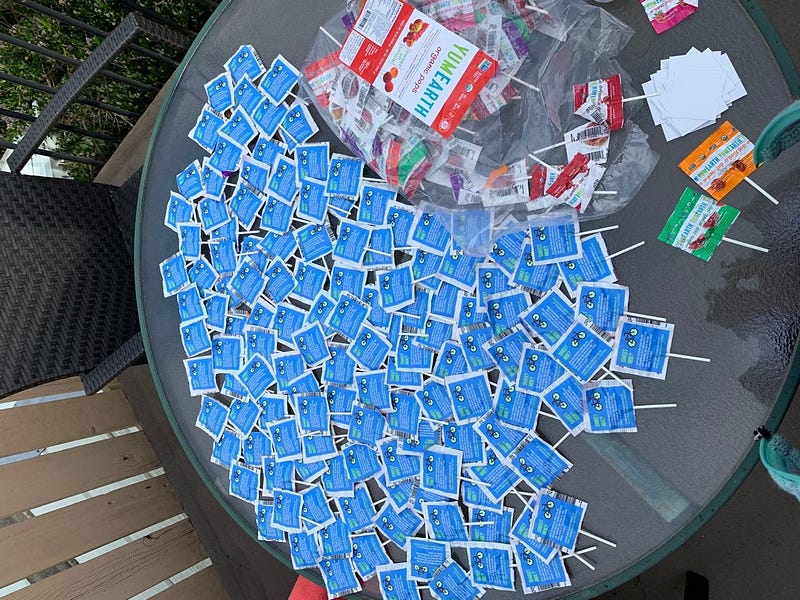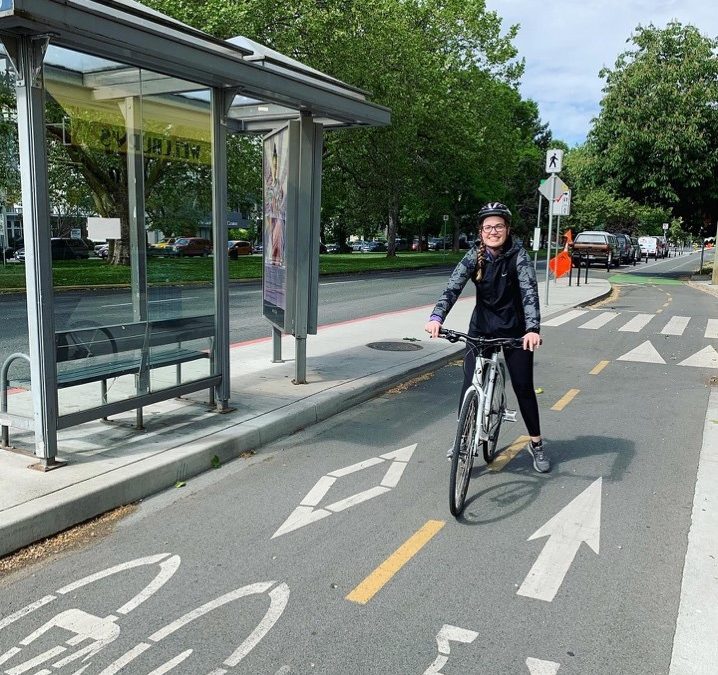Supportive people, supportive places and confidence in yourself
This article originally appeared on Medium
I am a young woman from Newfoundland and Labrador. Living on the rock has provided me with many opportunities to participate in physical activity… but bicycling is not one of them. There are three reasons why bicycling in Newfoundland is not easy and accessible:
1. Weather: Newfoundland is beautiful, but you don’t stay for the weather. Snow in June, copious amounts of RDF (Rain, drizzle and fog) and high winds do not create the most enjoyable riding experience.
2. Hills: Everywhere you look in Newfoundland there are hills. On one end of my street, there is a hill going down and on the other end there is a steep hill going up.
3. Feeling of danger: Like many others I really enjoy riding my bike on the trails, but I am afraid to ride my bike on the street. In my community, there are no bike lanes and there is not a lot of community support for cyclists riding on the road.
These reasons combined do not encourage me to ride my bike. Maybe you can dress for the weather, train for hills or buy an e-bike, but it’s hard to overcome the feeling of danger…
Last fall, I began working with INTERACT, a research team studying the built environment in Victoria, Vancouver, Saskatoon, and Montreal. I jumped at the opportunity to study the All Ages and Abilities (AAA) Cycling Network in Victoria, British Columbia. I wanted to understand how another mid-sized city could have a bicycling culture so different from mine.
The goal of this network is to ensure people of all ages and abilities feel comfortable riding their bike. The plan for the cycling network includes protected cycle tracks, routes along busy roads that are separated from cars with a curb, parking, or some other barrier.

To me, this sounded like a dream! I knew that in addition to analyzing the data we collected, I needed to check it out for myself. So, the next step was to travel to Victoria.
Overall, cycling the AAA network was an incredible experience and I felt safe and comfortable the entire time. I have never seen so many people riding bicycles at the same time. There were babies in bicycle trailers, children on tag-along bikes, and adults of all ages cycling for leisure and travel. We saw people on fat bikes, trail bikes, road bikes, and tandem bikes. We also saw people arm cycling and using rollerblades. I loved that I could travel all around downtown Victoria and to neighbouring municipalities on either protected bicycle lanes, painted bike lanes, multi-use paths, or neighbourhood bikeways.
INTERACT is studying how the AAA Cycling Network is influencing physical activity and well-being of people who bicycle in Victoria. So far, we have learned that people who cycle in Victoria support the new cycling network and think it’s a good idea. The majority of our participants intend to cycle more once the network is complete.
For me, it was clear that the AAA network is important because it provides a safe way to ride your bike and visit downtown Victoria. More cyclists riding in the downtown area can help to bring more people into local businesses and potentially decrease traffic.

After experiencing the AAA Cycling Network, I realized that this could and should be a reality in my own community. Only 0.3% of residents in St. John’s, Newfoundland cycle to work compared to 11.1% of residents in Victoria. Yet, I believe that cycling should be an option for leisure or transport all residents of St. John’s and surrounding municipalities should have. By working together with residents, community partners, researchers and municipal and provincial governments we can help to increase bicycling in our community. The City of St. John’s is in the process of finalizing the bicycle master plan which has huge potential to improve cycling in St. John’s. As I begin training for a triathlon this summer, I am optimistic for the future of bicycling in Newfoundland and Labrador. Our weather may be extreme, and our landscapes hilly, but we should be able to have fun on the streets.
INTERACT is continuing to study the AAA Cycling Network and we need your help! If you live in the Capital Region and bicycle at least once a month in the City of Victoria, you are invited to participate in our study. To learn more, visit https://teaminteract.ca/victoria/

You may also catch the INTERACT Victoria team handing out yummy lollipops to cyclists on the AAA Cycling Network and at community events!
Melissa Tobin is a master’s student studying population health and physical activity at Memorial University of Newfoundland. Find her on Twitter at @MelissaTobin22.
